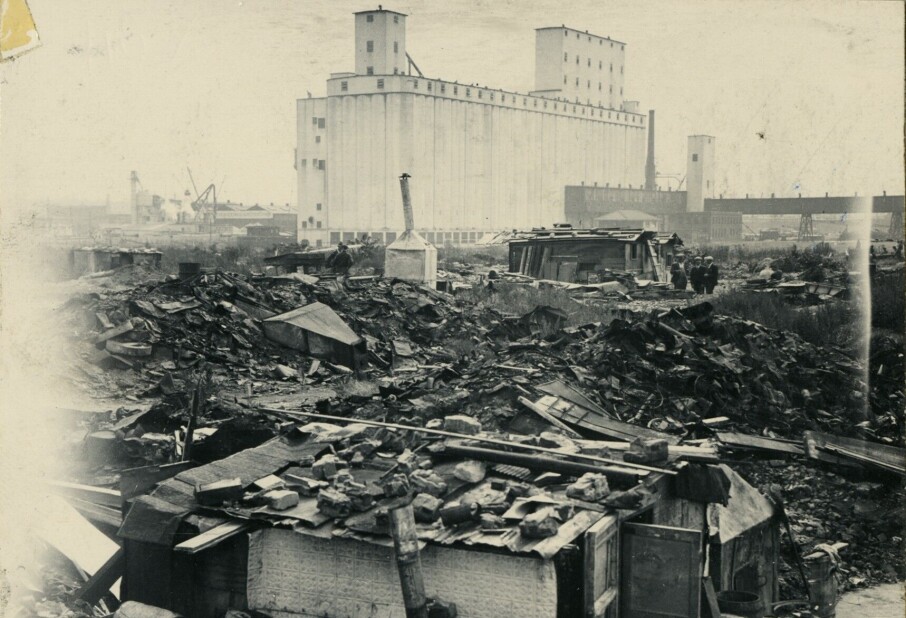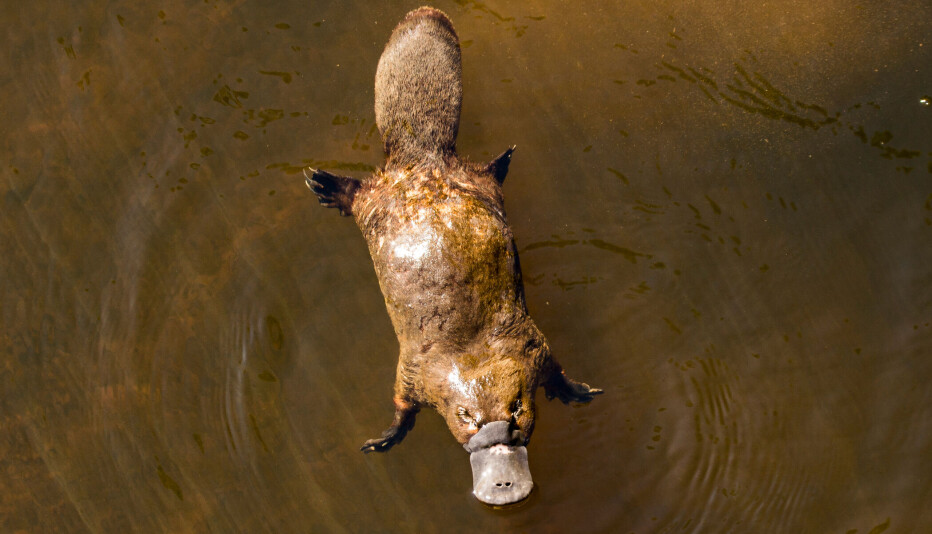THIS CONTENT IS BROUGHT TO YOU BY the University of Stavanger - read more
How the Vikings protected themselves from attacks
People in Viking Age Norway lived in constant fear of enemy attacks. For the first time, the Vikings’ defence system has been mapped.
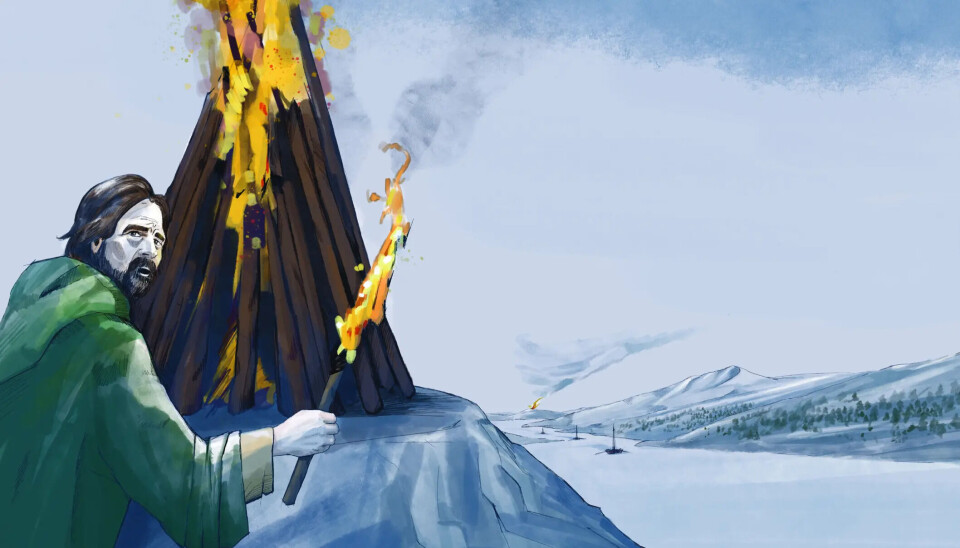
Vikings are often associated with raids, aggression, and spreading fear across Europe. But they were also always prepared for warfare and invasions in their own homeland, new research shows.
The Vikings had an extensive warning system to protect themselves from enemies and intruders. The defence system consisted of alerts using signal fires or beacons. These were built and lit in high positions in the landscape.
The beacons were most often placed near the coast, to effectively signal attacks over long distances. These warning fires were lit in times of war or invasion, alerting the population that an enemy force was approaching. When the beacons were lit, people had to mobilise for defence and get the warships out to sea.
Danish armies were the primary foreign threat in the Viking Age and Early Middle Ages, but enemies could also be political opponents from within the country.
Little known system
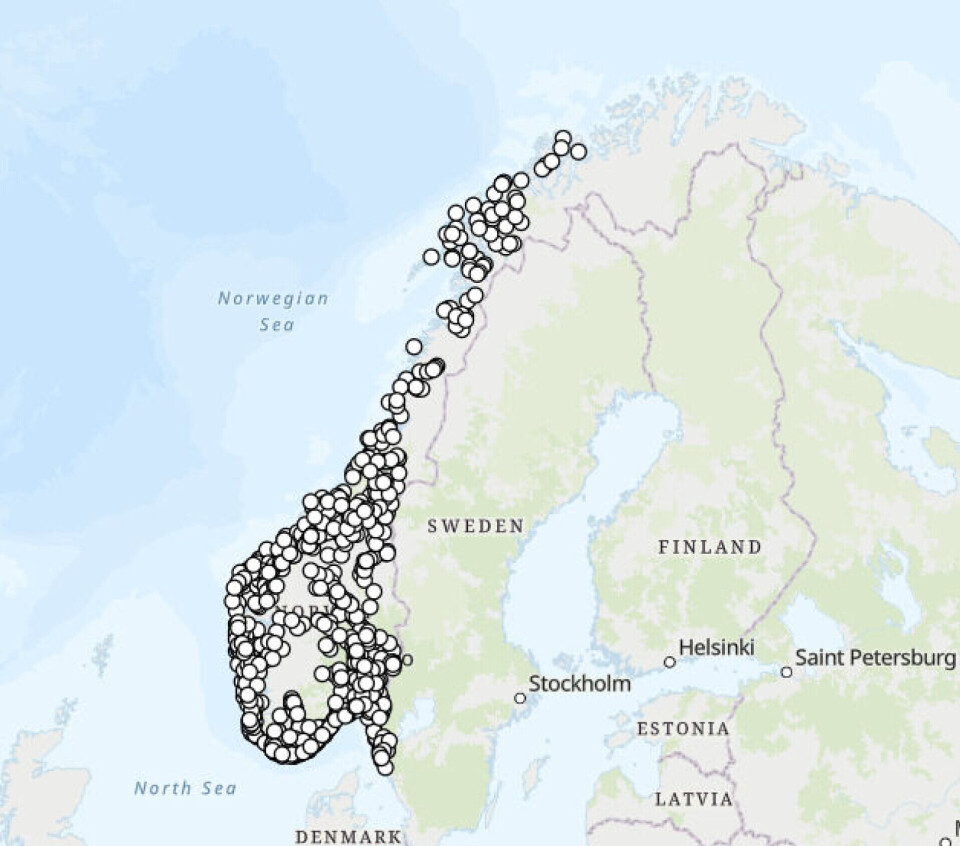
Despite being one of Norway’s longest-standing military traditions – used from around 950 to 1814 – beacon fires have been little studied by researchers.
“This is surprising, both given their importance and the fact that they're mentioned in many historical sources. A lack of knowledge and research on beacons has meant that these cultural monuments have been neglected in Norwegian cultural heritage,” says Marie Ødegaard.
She is an associate professor at the University of Stavanger's Museum of Archaeology. She has led the research project Viking beacons – Militarism in northern Europe.
“Mapping and dating the beacons sheds light on the frequency and geographical extent of conflicts in the Viking Age, and thus the level of militarism in society – which appears to have been high,” she says.
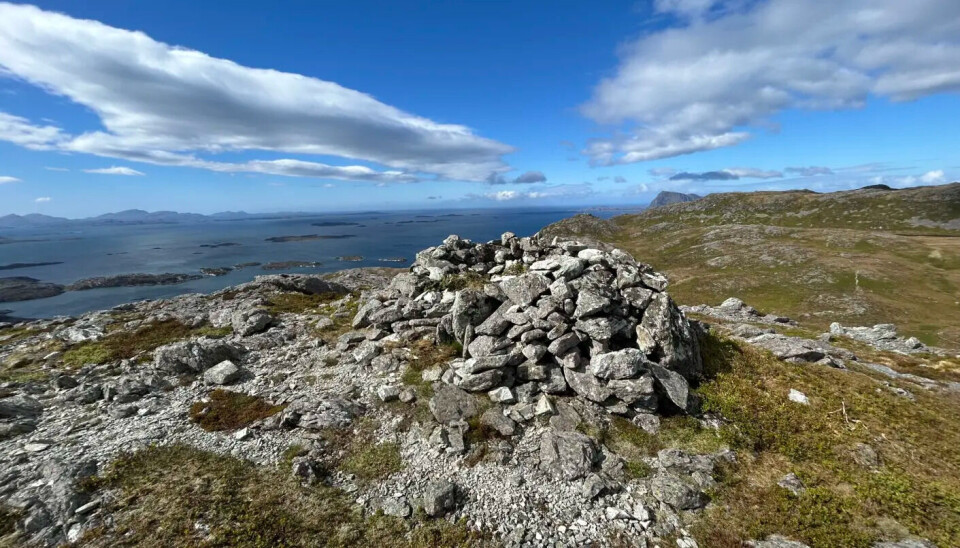
Massive defence costs
Studies show that the warning and mobilisation system was mainly designed to be effective against large-scale invasions. This was a major fear during the Viking Age.
The beacon system in Norway may have been organised in several levels, and connected to the power centres of the elite, as seen elsewhere in Europe.
The population paid for the defence in labour and resources. The values were enormous. Just a single sail for a warship was worth five kilograms of silver.
“From the end of the Viking Age onward, we see the king increasingly taking control of the defence organisation. Despite occasional dissatisfaction among farmers, decisions to participate were influenced by fear – especially fear of invading armies and contending groups,” says Ødegaard.
Driven by fear and emotion
The researchers have investigated how domestic defence systems were influenced by emotions. The findings contribute to a more nuanced view of the Viking Age.
“The traditional perception is that it was a one-sided warrior society focused on outward attacks and violence. Our findings show that Viking society was also concerned with protection, safety, and community,” Ødegaard says.
Understanding how fear and emotions influence decision-making is key to understanding any society, she points out.
“We see this again today, as European societies face growing threats and fear. Our results provide a basis for discussing the extent to which war and fear increased preparedness and led to societal change in prehistory. Fear can unite people in common defence, but can also be used deliberately to manipulate,” she says.
Reconstruction and identification
The project has mapped beacons and guard houses and reconstructed beacon systems dating back to the late Viking Age – the 10th century.
By combining archaeological material, written sources, and place names, researchers have been able to identify ancient beacon sites. They have also identified boathouses that may have housed warships, and reconstructed administrative districts associated with them.
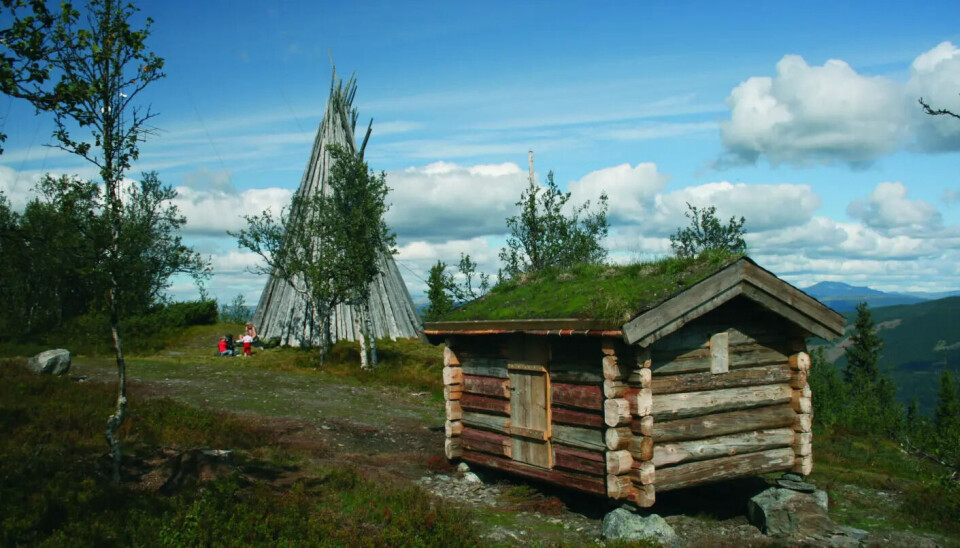
About 300–500 place names bear witness to beacon fires from this early organisation.
Some examples are Vigdelsveten near Stavanger, Vettakollen in Oslo, and Veten on Altøya near Bergen, where researchers also found multiple layers of charcoal from beacon burnings.
Established when the beacons were burned
Researchers used radiocarbon dating, also known as C14 dating, to determine when the beacons were in use.
They also collected core samples from lakes. Charcoal dust from beacon fires settled as bottom sediments, which could then be extracted and dated.
Data analysis was conducted to estimate how effective the beacon system was in alerting the population.
Join the hunt for beacons
An online citizen science database lets people share information about possible archaeological remains, like old stone beacons or guard house ruins.
“Anyone who discovers structures that might be remnants of beacons can register their finds here. The goal is to prevent these remains from being built over or disappearing entirely,” says Ødegaard.
The research findings form the basis for the exhibition Ablaze: The Viking Defense System, which opens at the University of Stavanger's Museum of Archaeology on October 3, 2025.

This content is paid for and presented by the University of Stavanger
This content is created by the University of Stavanger's communication staff, who use this platform to communicate science and share results from research with the public. The University of Stavanger is one of more than 80 owners of ScienceNorway.no. Read more here.
More content from the University of Stavanger:
-
Like tuning forks in space: A final pure tone reveals the mysterious interior of neutron stars
-
Could scented books encourage more kids to read?
-
Artificial intelligence could improve the quality of life for more patients following a stroke
-
Cathedral's lost treasures uncovered
-
Norwegian researchers can contribute to changing the Big Bang theory
-
Archaeologists may have found a marketplace from the Viking Age


































